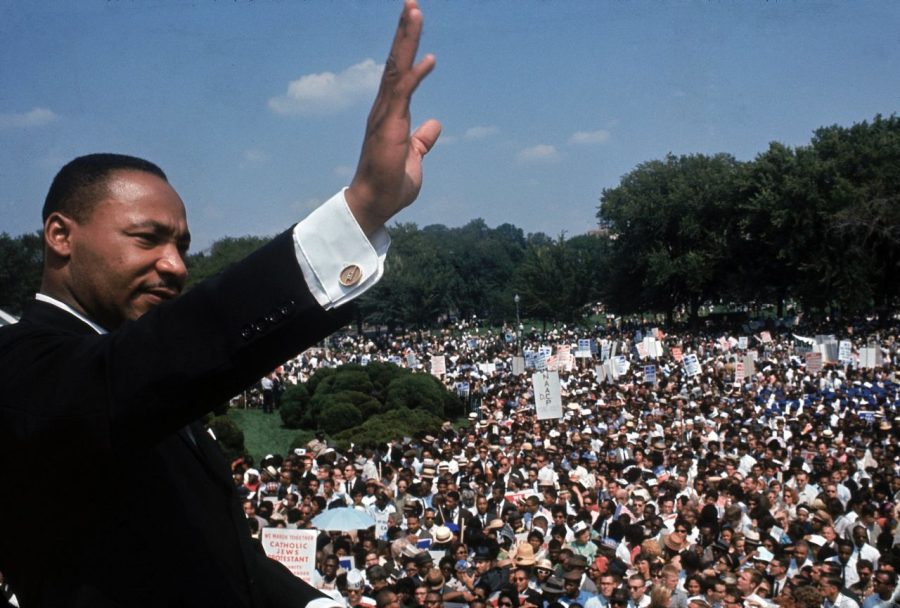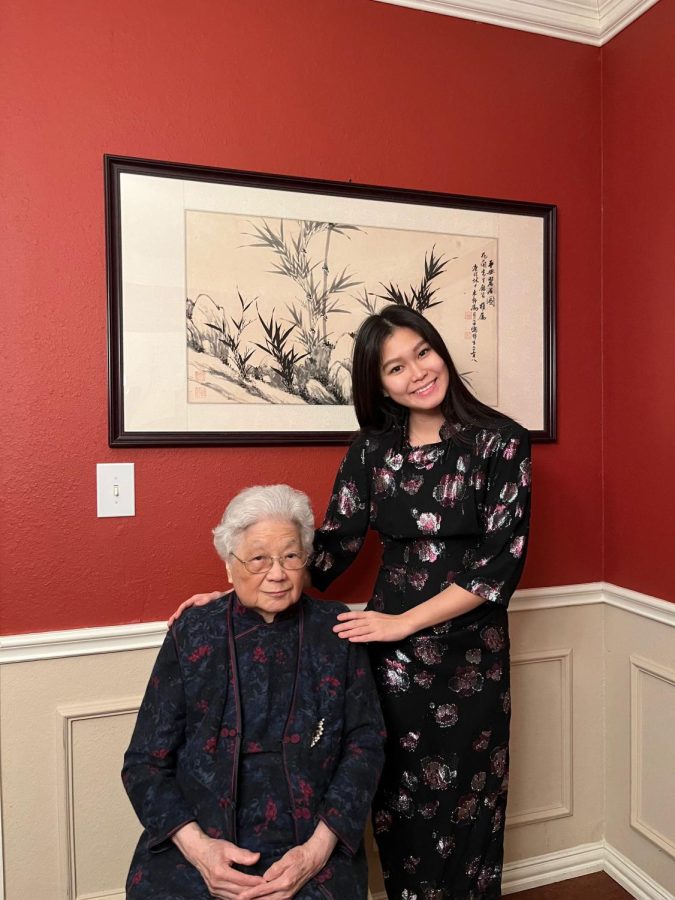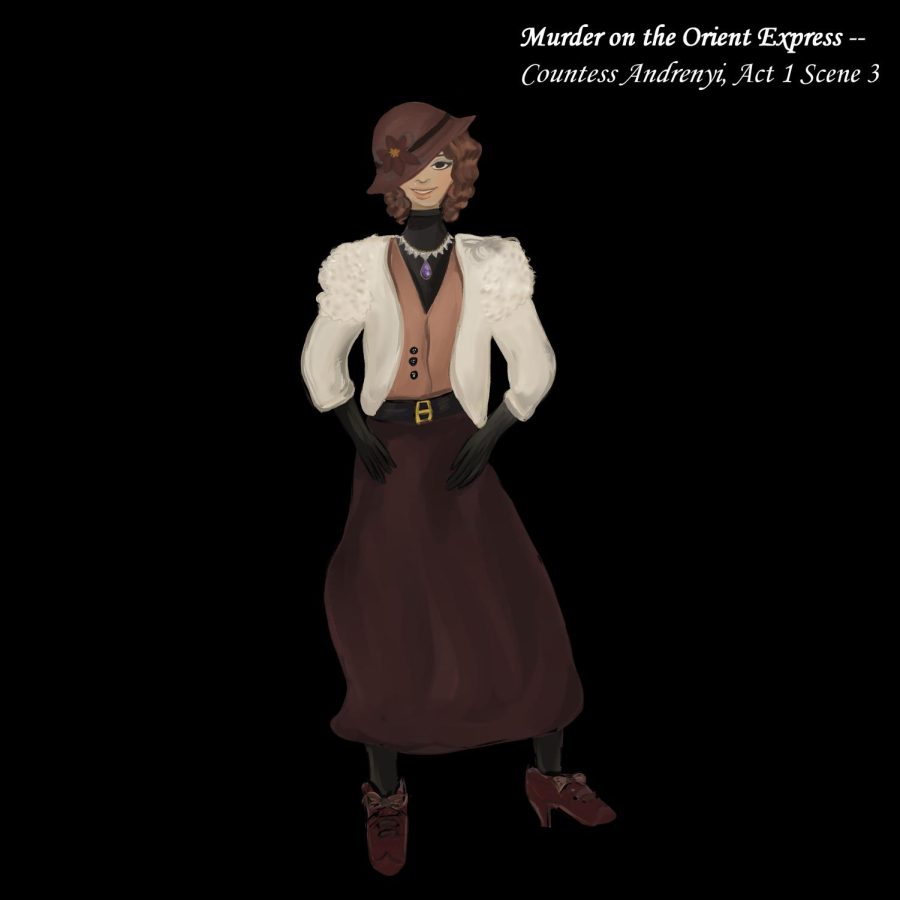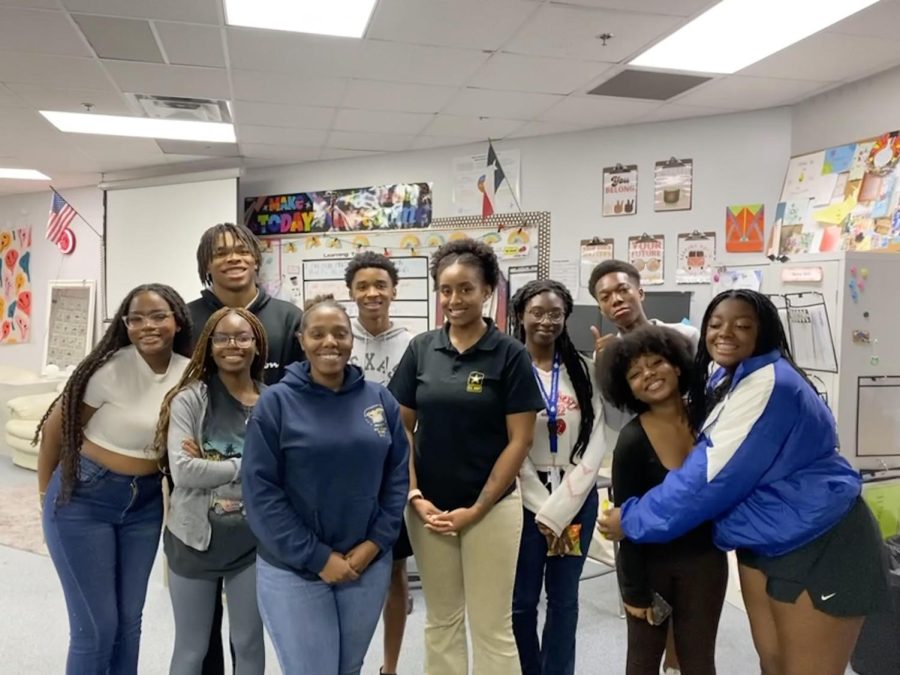Written forms of language have been around as long as humans. There is a reason that the words of Charles Dickens and John Steinbeck are still prevalent today and largely studied in current school curriculums. While literature will never lose its relevance, this generation has seen the emergence of film as an art form. Cinematography has become a good supplement for books, and there is a rather negative perception of film when it is substituted for a book. Film is a lasting impact of this generation; we will not only leave behind novels providing written word, but we will leave behind works of cinematic genius that will tell the stories of human loss, love and the pursuit of happiness. It is important that people recognize that film is another form of art as well as education.
Literature tells the tale of time, as it has travelled with humans for generations. Authors have instilled countless tales and stories into the minds of their readers over the years. An author has the ability to create a fictitious world that satisfies all the wants of the reader. It is harder for a filmmaker to satisfy the wants of the audience. Making a film is creating a story to be seen by the eyes. Nothing can really be left to the imagination to create; instead the art of a filmmaker is the ability to manufacture a piece of work that speaks to a diverse group of people at the same magnitude as presented by the endless possibilities of the mind.
In English classes around the globe, students can be seen cracking open Catcher in the Rye, Of Mice and Men or An Invisible Man. Rarely do students have the opportunity to study film or watch the film adaption of the book they are reading. Watching a movie in schools is presented as a privilege as opposed to a part of the curriculum. This causes film to be held at a lower standard in comparison to literature. In American Studies, teachers have recognized film and integrated it into the class syllabus. This course recognizes the importance of not only reading significant American literature but also studying social, political and historical events through movie clips. This class demonstrates the important idea that our history can be linked to film and that it provides a strong educational value to learning in certain subjects. When the American Studies students are learning about vocabulary terms, such as romanticism and transcendentalism, they not only learn the definitions but explore the written words with movie clips that help supplement and further demonstrate the meaning, providing an excellent example to remember the term by.
Films have become an important part of the world’s history. As cavemen, we had pictures, which developed with time and knowledge to become written language and eventually literature. As time evolves so do our means of communication. This generation’s addition to the world of communication is film, and as artists and writers once went down in history as men of honor, filmmakers will do the same. Wes Anderson, Steven Spielberg and the Coen brothers will be sitting alongside Ralph Waldo Emerson and Vincent Van Gogh as great communicators and artists of this generation.









